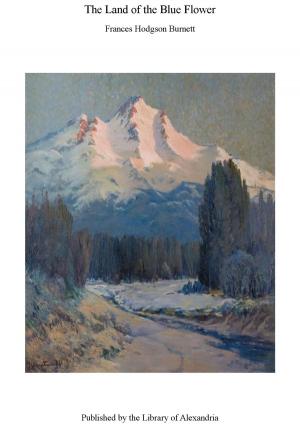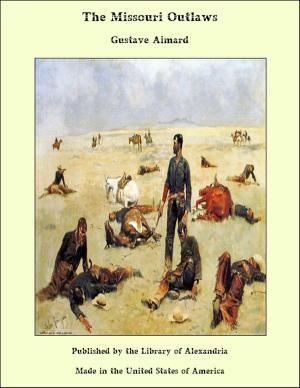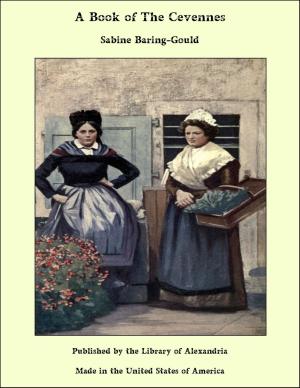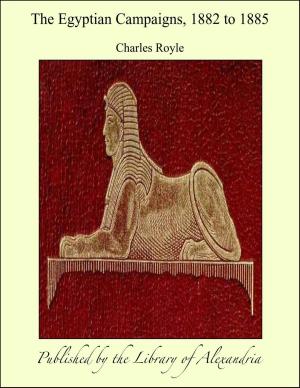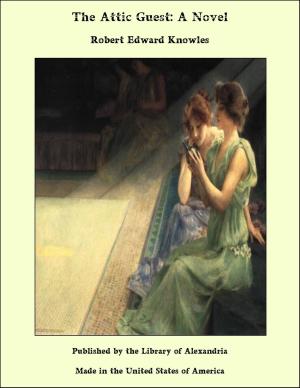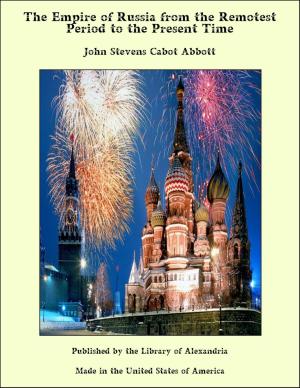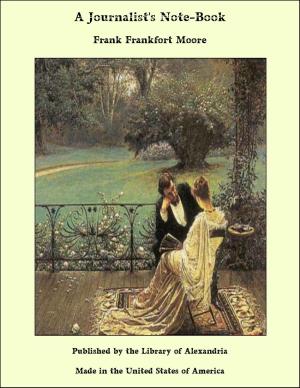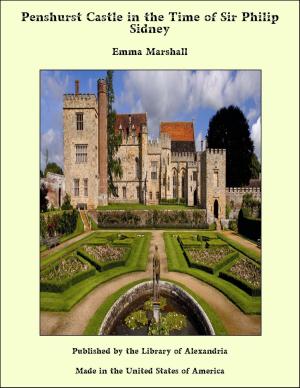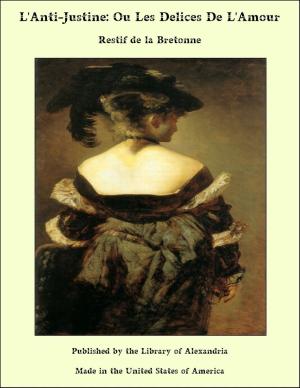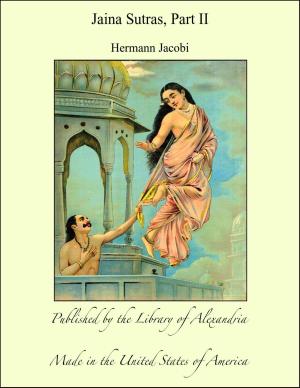The White Stone and Putois
Nonfiction, Religion & Spirituality, New Age, History, Fiction & Literature| Author: | Anatole France | ISBN: | 9781465605061 |
| Publisher: | Library of Alexandria | Publication: | March 8, 2015 |
| Imprint: | Language: | English |
| Author: | Anatole France |
| ISBN: | 9781465605061 |
| Publisher: | Library of Alexandria |
| Publication: | March 8, 2015 |
| Imprint: | |
| Language: | English |
A few Frenchmen, united in friendship, who were spending the spring in Rome, were wont to meet amid the ruins of the disinterred Forum. They were Joséphin Leclerc, an Embassy Attaché on leave; M. Goubin, licencié ès lettres, an annotator; Nicole Langelier, of the old Parisian family of the Langeliers, printers and classical scholars; Jean Boilly, a civil engineer, and Hippolyte Dufresne, a man of leisure, and a lover of the fine arts. Towards five o’clock of the afternoon of the first day of May, they wended their way, as was their custom, through the northern door, closed to the public, where Commendatore Boni, who superintended the excavations, welcomed them with quiet amenity, and led them to the threshold of his house of wood nestling in the shadow of laurel bushes, privet hedges and cytisus, and rising above the vast trench, dug down to the depth of the ancient Forum, in the cattle market of pontifical Rome. Here, they pause awhile, and look about them. Facing them rise the truncated shafts of the Columnæ Honorariæ, and where stood the Basilica of Julia, the eye rested on what bore the semblance of a huge draughts-board and its draughts. Further south, the three columns of the Temple of the Dioscuri cleave the azure of the skies with their blue-tinted volutes. On their right, surmounting the dilapidated Arch of Septimus Severus, the tall columns of the Temple of Saturn, the dwellings of Christian Rome, and the Women’s Hospital display in tiers, their facings yellower and muddier than the waters of the Tiber. To their left stands the Palatine flanked by huge red arches and crowned with evergreen oaks. At their feet, from hill to hill, among the flagstones of the Via Sacra, narrow as a village street, spring from the earth an agglomeration of brick walls and marble foundations, the remains of buildings which dotted the Forum in the days of Rome’s strength. Trefoil, oats, and the grasses of the field which the wind has sown on their lowered tops, have covered them with a rustic roof illumined by the crimson poppies. A mass of débris, of crumbling entablatures, a multitude of pillars and altars, an entanglement of steps and enclosing walls: all this indeed not stunted but of a serried vastness and within limits.
A few Frenchmen, united in friendship, who were spending the spring in Rome, were wont to meet amid the ruins of the disinterred Forum. They were Joséphin Leclerc, an Embassy Attaché on leave; M. Goubin, licencié ès lettres, an annotator; Nicole Langelier, of the old Parisian family of the Langeliers, printers and classical scholars; Jean Boilly, a civil engineer, and Hippolyte Dufresne, a man of leisure, and a lover of the fine arts. Towards five o’clock of the afternoon of the first day of May, they wended their way, as was their custom, through the northern door, closed to the public, where Commendatore Boni, who superintended the excavations, welcomed them with quiet amenity, and led them to the threshold of his house of wood nestling in the shadow of laurel bushes, privet hedges and cytisus, and rising above the vast trench, dug down to the depth of the ancient Forum, in the cattle market of pontifical Rome. Here, they pause awhile, and look about them. Facing them rise the truncated shafts of the Columnæ Honorariæ, and where stood the Basilica of Julia, the eye rested on what bore the semblance of a huge draughts-board and its draughts. Further south, the three columns of the Temple of the Dioscuri cleave the azure of the skies with their blue-tinted volutes. On their right, surmounting the dilapidated Arch of Septimus Severus, the tall columns of the Temple of Saturn, the dwellings of Christian Rome, and the Women’s Hospital display in tiers, their facings yellower and muddier than the waters of the Tiber. To their left stands the Palatine flanked by huge red arches and crowned with evergreen oaks. At their feet, from hill to hill, among the flagstones of the Via Sacra, narrow as a village street, spring from the earth an agglomeration of brick walls and marble foundations, the remains of buildings which dotted the Forum in the days of Rome’s strength. Trefoil, oats, and the grasses of the field which the wind has sown on their lowered tops, have covered them with a rustic roof illumined by the crimson poppies. A mass of débris, of crumbling entablatures, a multitude of pillars and altars, an entanglement of steps and enclosing walls: all this indeed not stunted but of a serried vastness and within limits.


